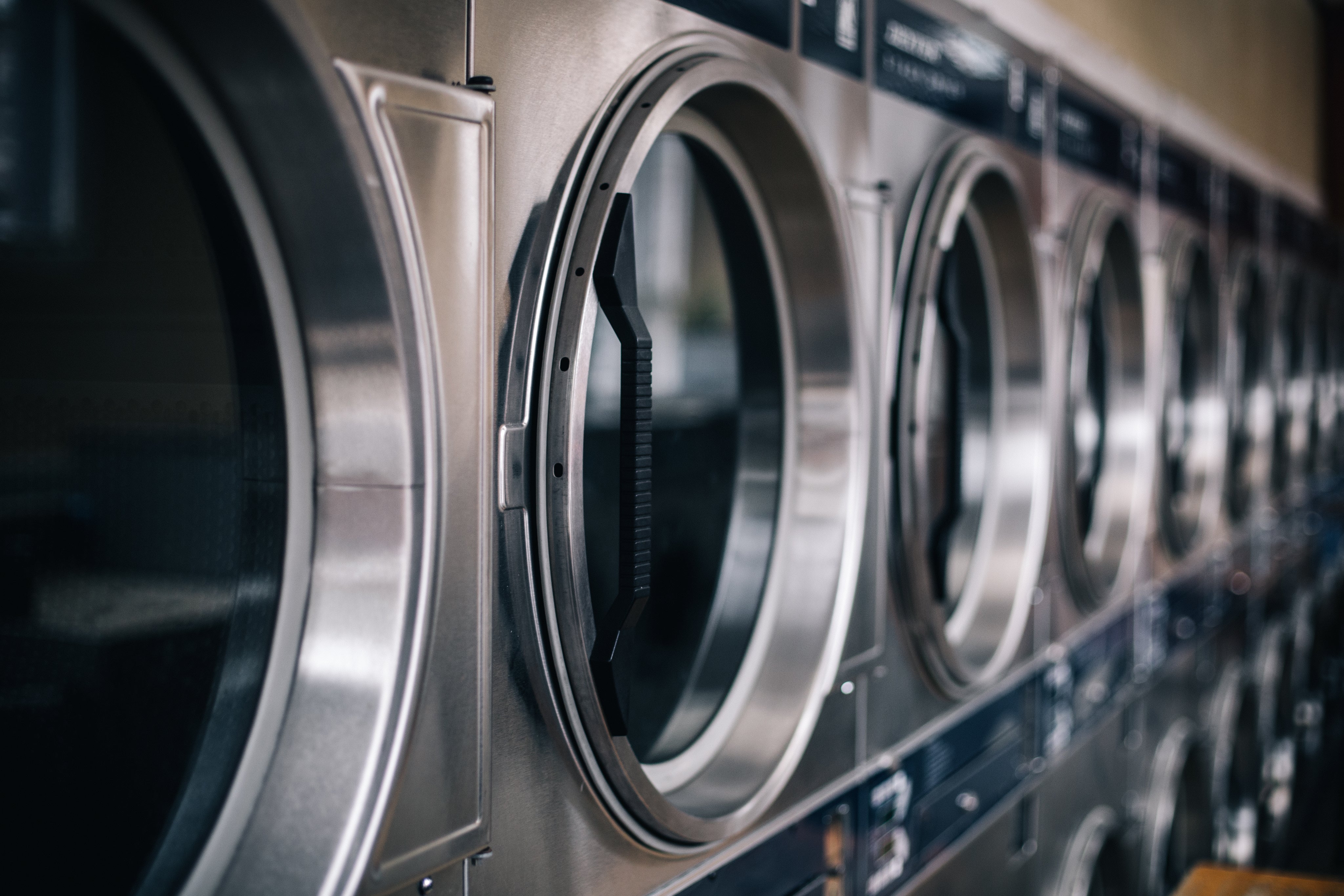Maintenance & Safety
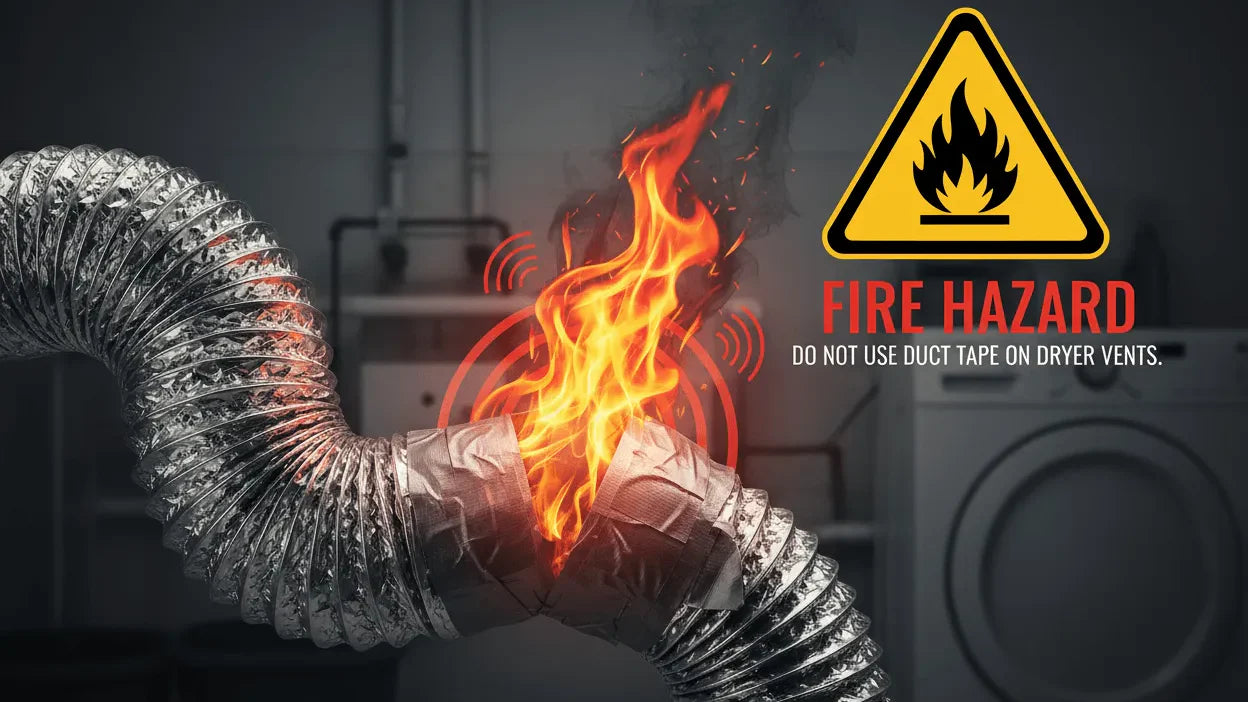
Is Duct Tape Flammable? Why It’s Not Safe for Dryer Vents
Duct tape is often used as a quick fix, but is duct tape flammable or safe around heat? This article explains how duct tape reacts to high temperatures, why it fails on dryer vents, and the fire ri...
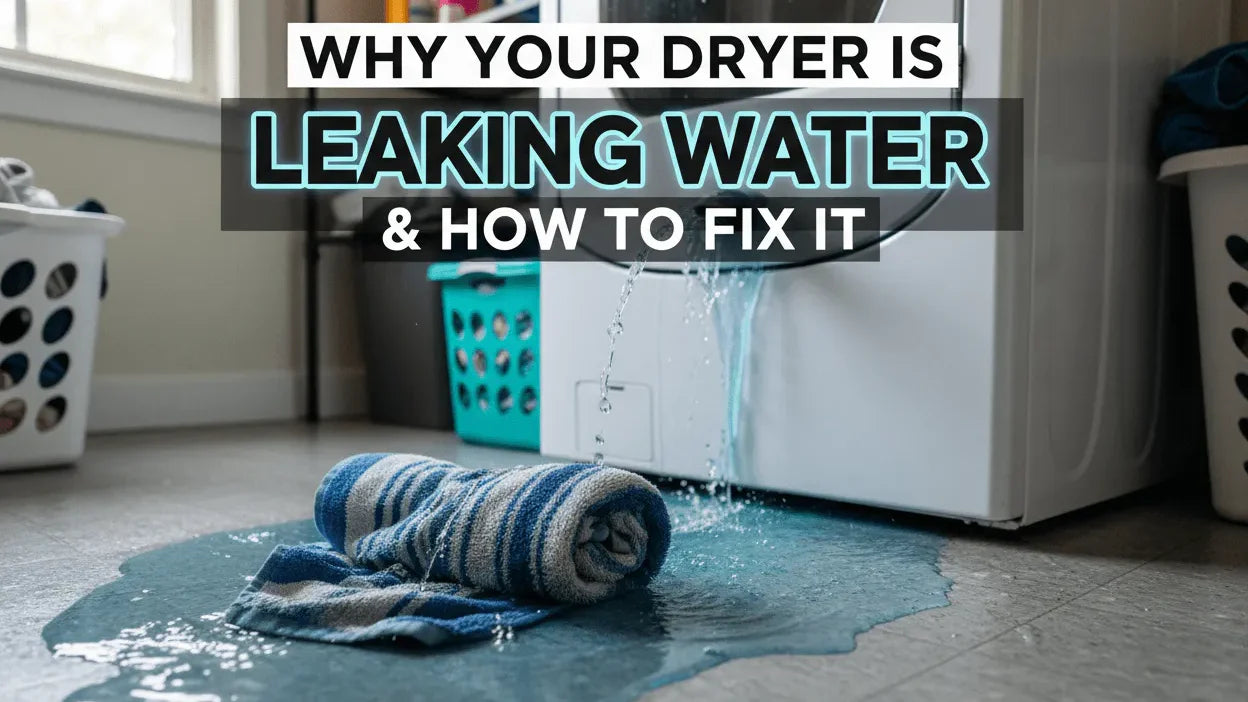
Why Your Dryer Is Leaking Water & How to Fix It
A dryer leaking water can be alarming. Whether the dryer is leaking from underneath, from the vent, or behind the machine, the root cause is usually related to ventilation, condensation, or imprope...

Upgrade Your Dryer Vent: Prevent Crushed Hoses with Simple Tools
Discover how to upgrade your dryer vent system with a modern vent cap and duct design that prevents crushed hoses, boosts airflow, and improves insulation. A smart DIY solution for safer, cleaner, ...
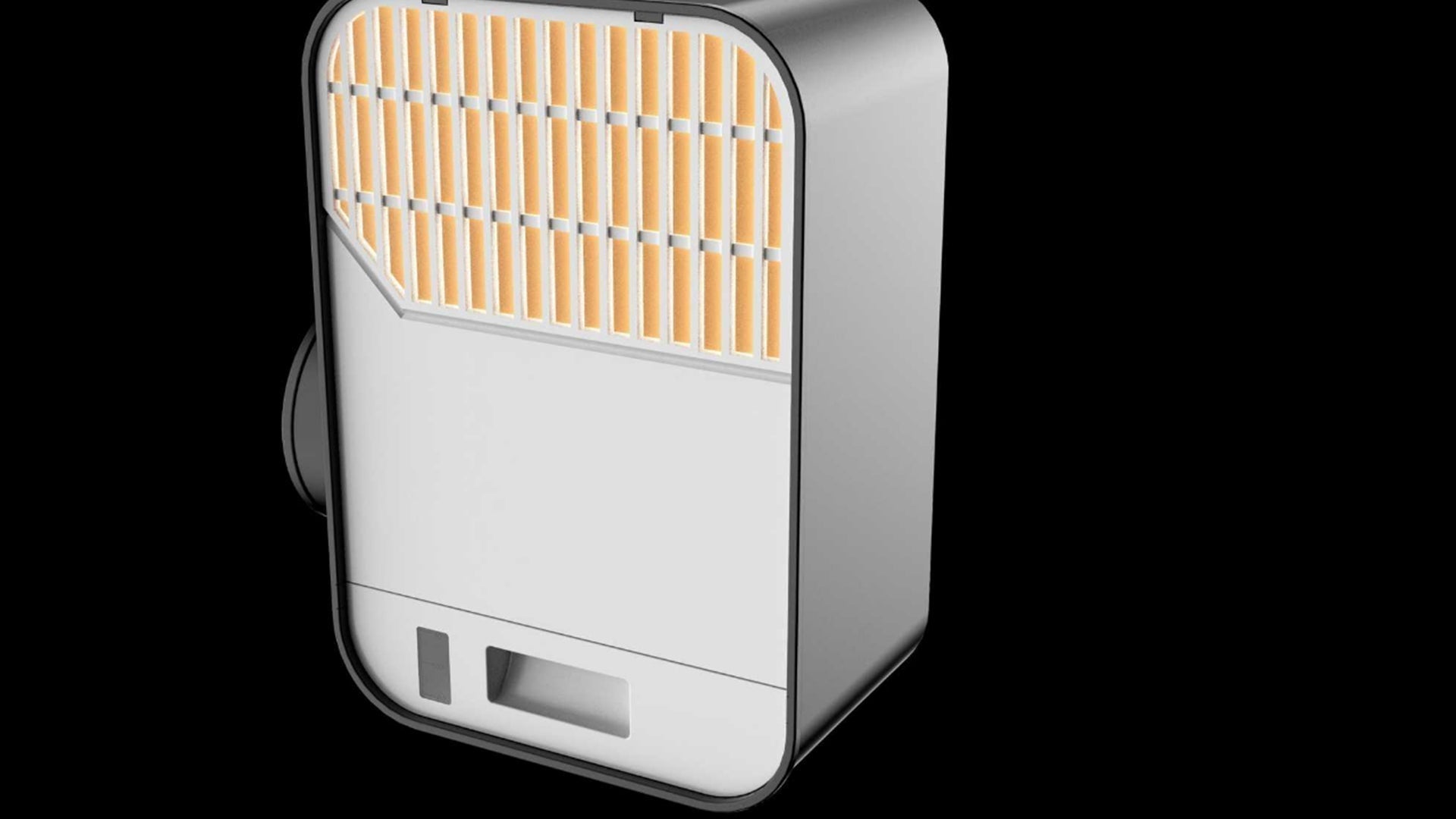
Safety First: Why the Safety Vent Flap on a Dryer Vent Box Could Prevent Fires
Dryers are one of the most used household appliances, but they also pose a significant fire risk if not properly maintained. One of the leading causes of dryer-related fires is the buildup of li...

Why Even an Old Dryer Needs a New Vent Hose
Dryers are essential appliances in many households, efficiently drying washed clothes. However, many users overlook the maintenance and replacement of the vent hose, especially in older models. Eve...
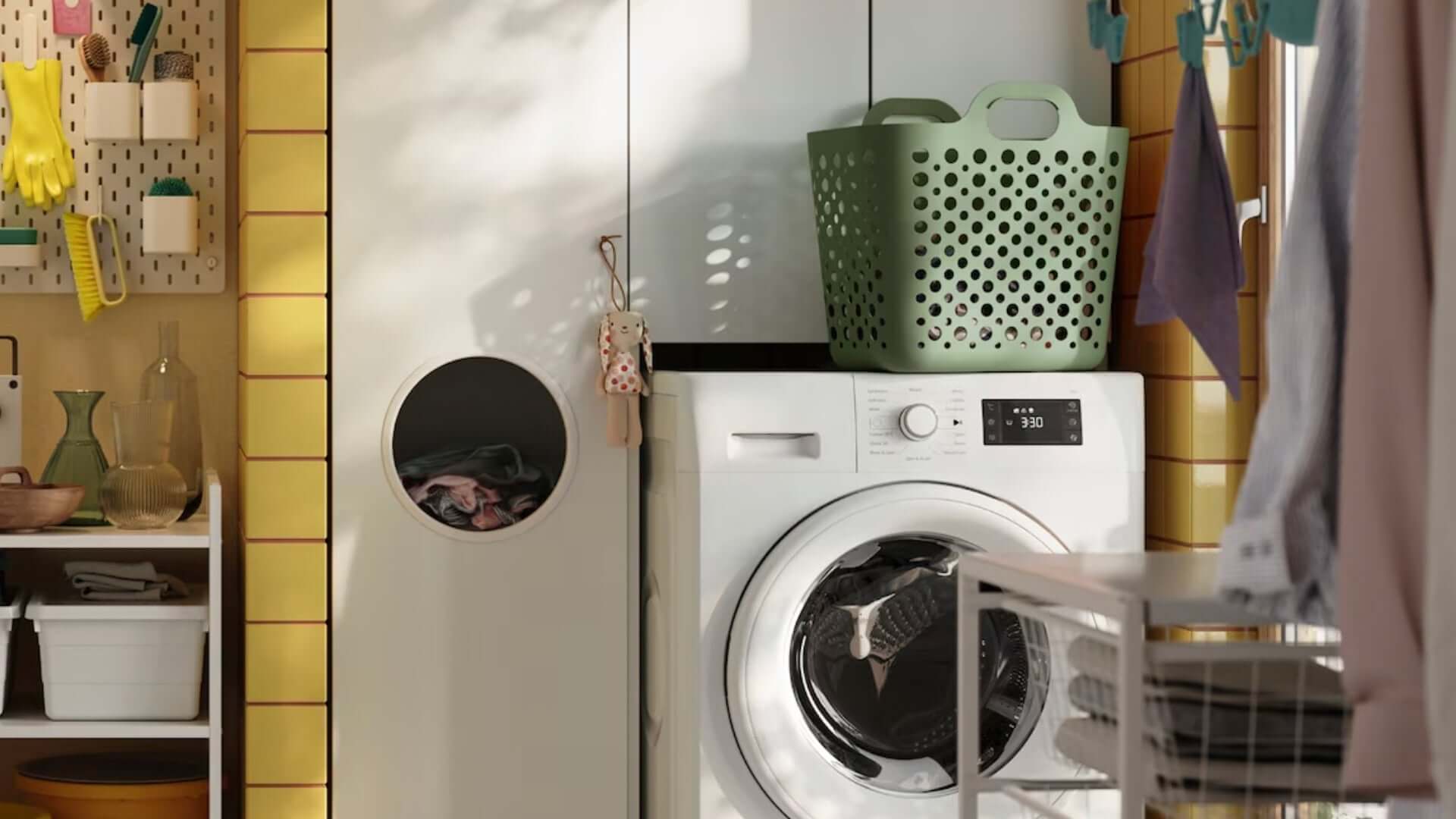
2026 Comprehensive Guide to Essential Dryer Accessories
Proper maintenance and the right accessories can greatly enhance the performance and lifespan of your dryer. Here are ten essential accessories for your dryer, each designed to improve efficiency, ...

How to Tell If Your Dryer Vent Is Clogged: Some Warning Signs You Shouldn’t Ignore
A clogged dryer vent can significantly impact the efficiency of your dryer and pose serious safety risks, including the potential for fires. Here are some key indicators that can help you determine...
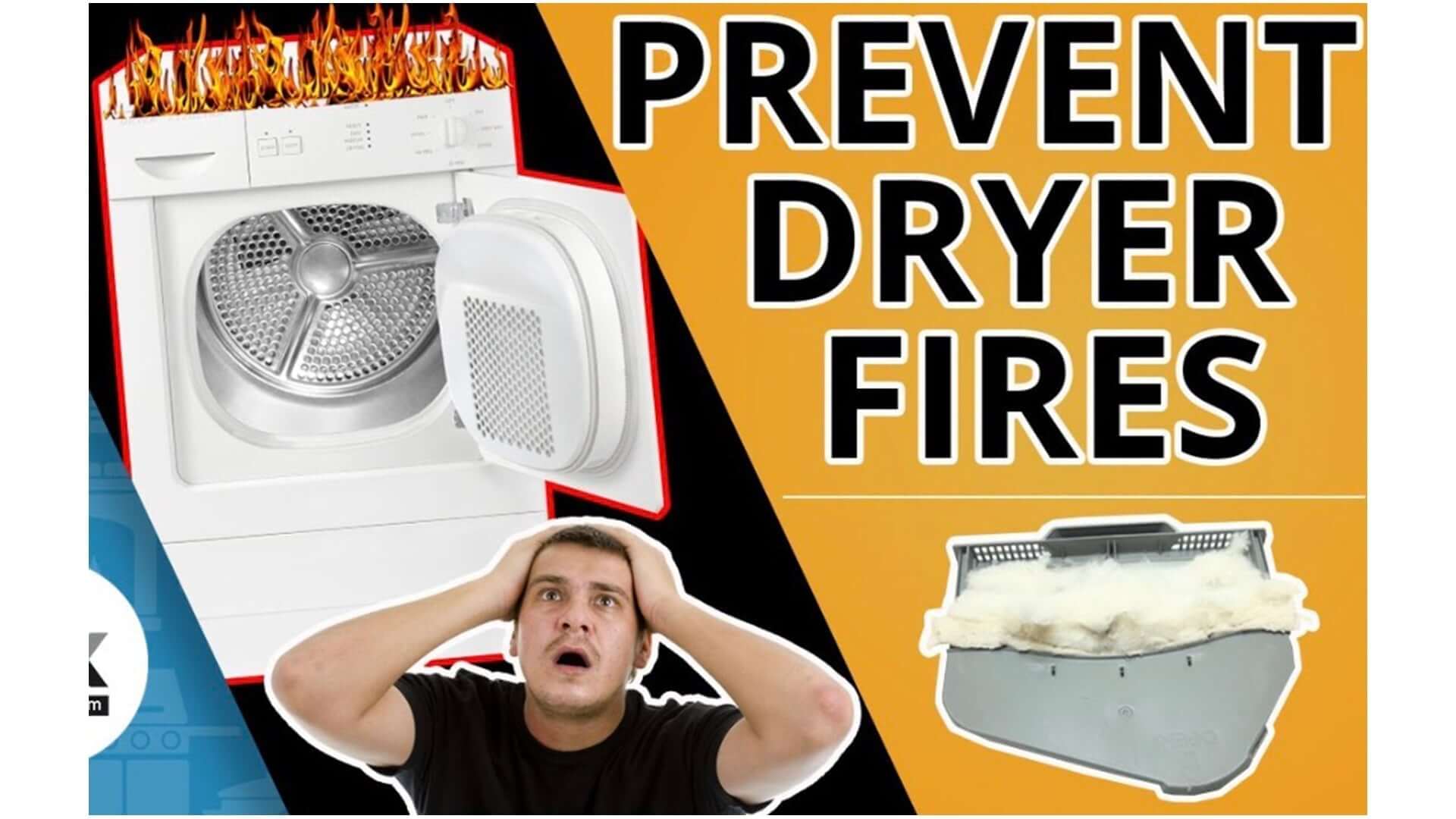
How to Prevent Dryer Fires: Real-Life Cases & Expert Safety Tips
Dryer fires are a significant hazard in homes, but they can be prevented with proper maintenance and safe usage practices. Here’s how you can minimize the risk and ensure the safety of your household.
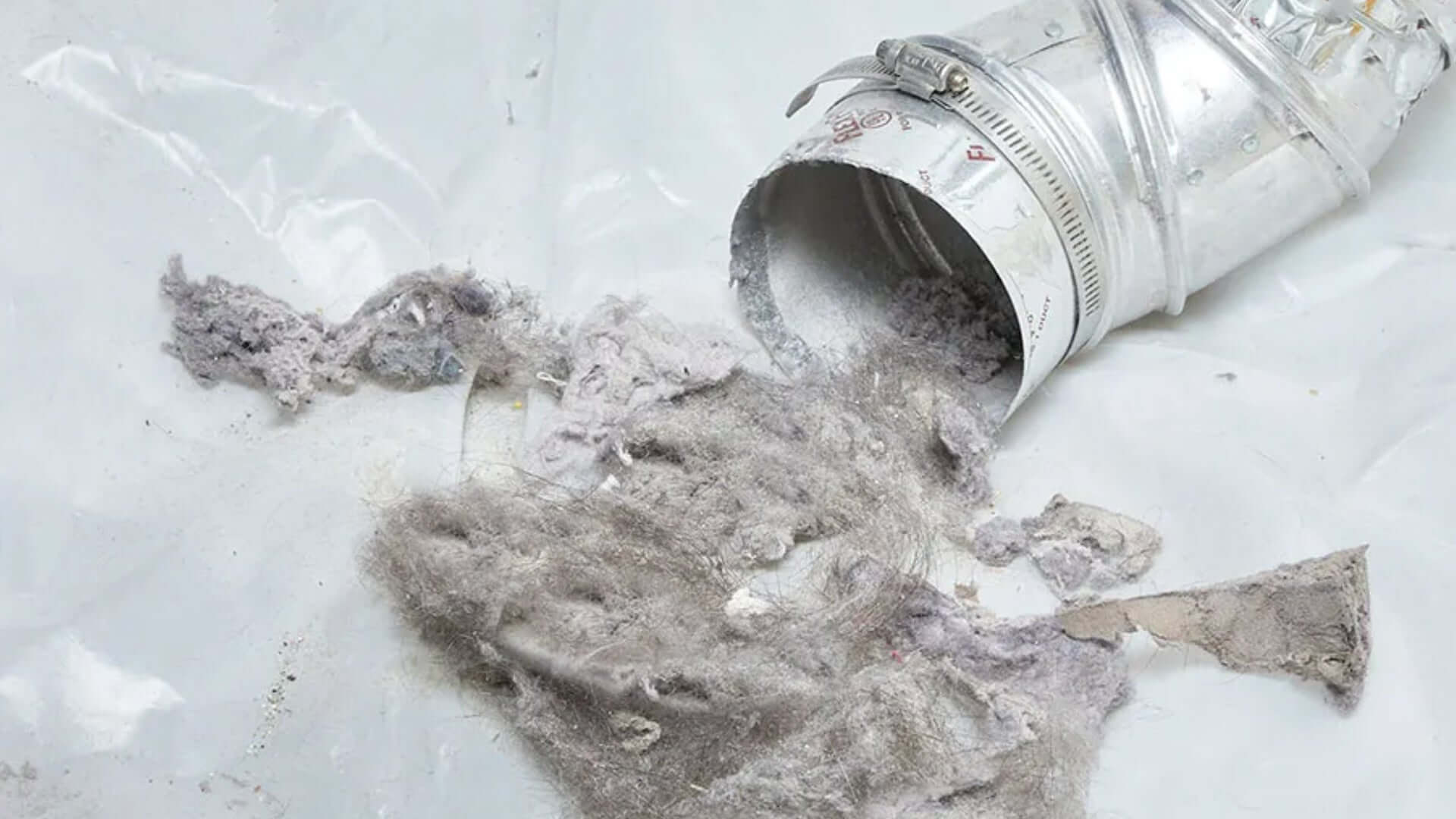
Dryer Vent Safety First: Understanding the Fire Risks
Understanding the importance of dryer vent safety and implementing routine maintenance can significantly reduce these risks, ensuring a safer home environment. This comprehensive guide will explore...

